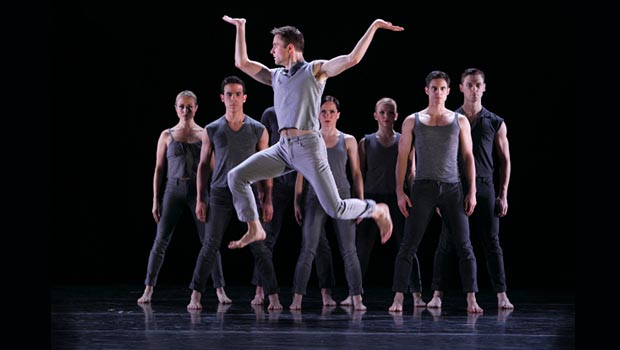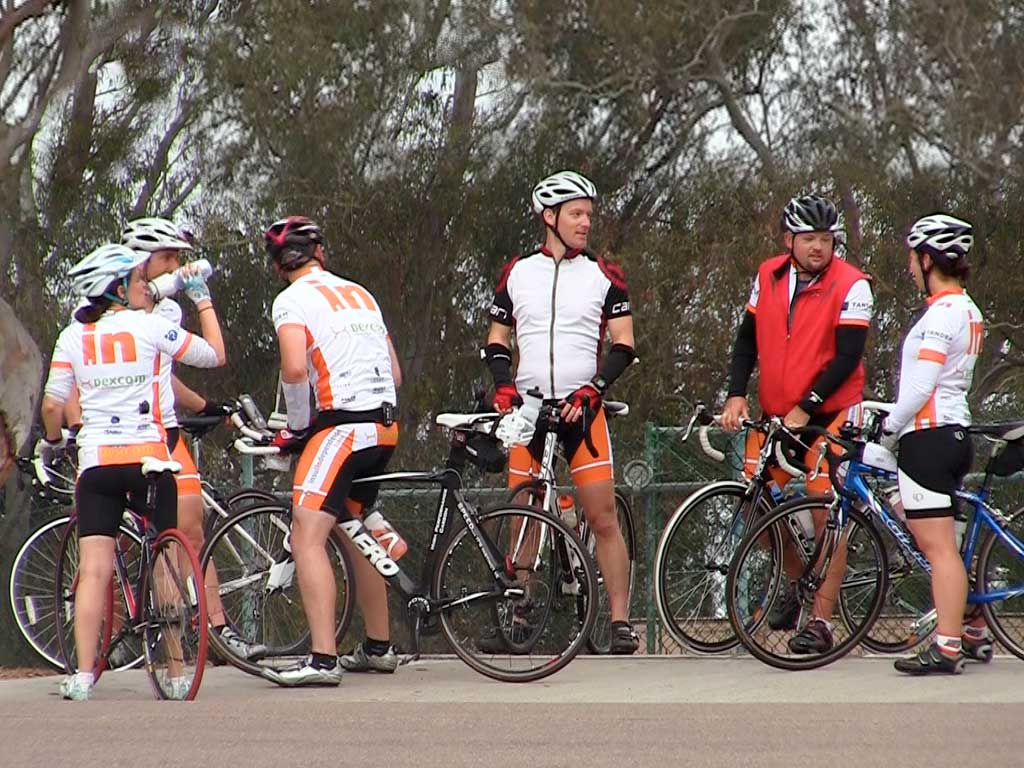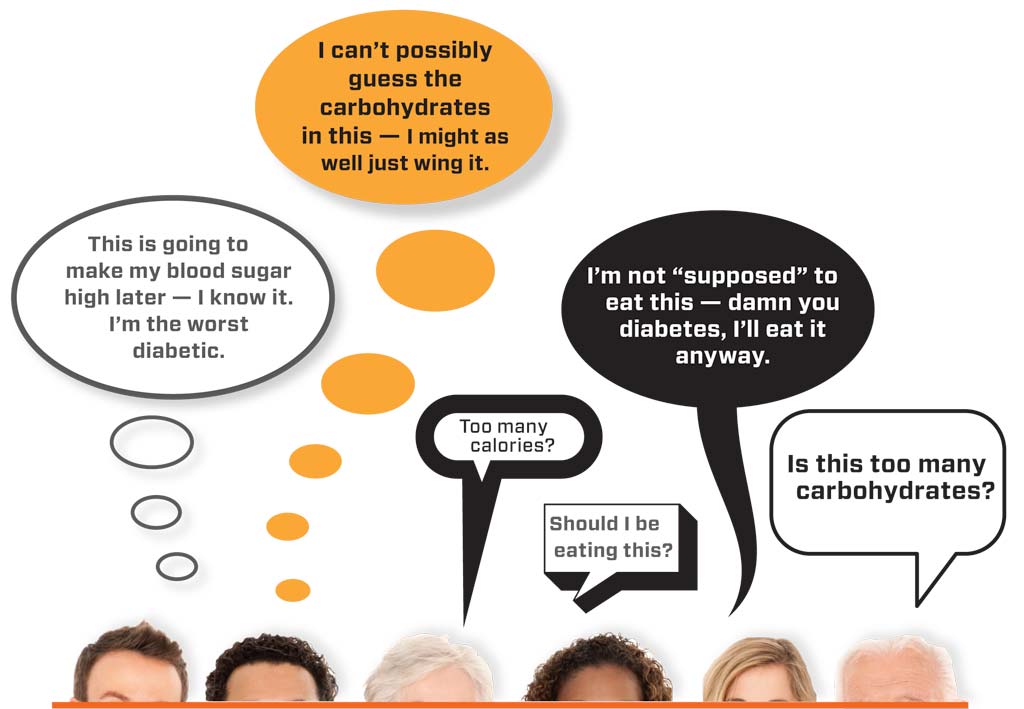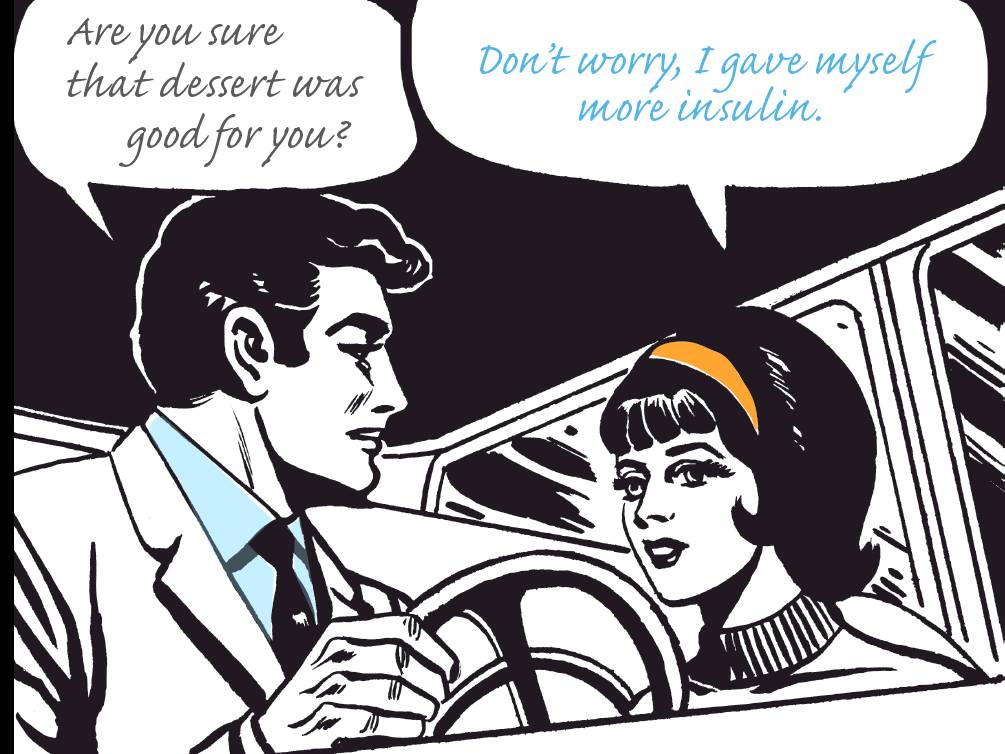
Being a dancer with the Paul Taylor Dance Company is my dream job, but getting here did not come without some hurdles, thanks to my Type 1 diabetes. Just as I was achieving my goals as a dancer, I had to learn how to take care of my condition.
In 2001, at age 27, I was diagnosed with Type 1; I consider myself a “late bloomer”. This was also the year that I was hired for Paul Taylor’s American Modern Dance. I had no concept of the disease, its effects, or how to manage it. Nor did I know anyone who had diabetes. Luckily, I have had wonderful endocrinologists in New York City and an incredible diabetes specialist to help me manage my blood glucose levels. With their help I have learned what personally works for me.
I have found that my diabetes management is noticeably different onstage and off. I initially maintained my health the same way because I didn’t know any better. It took a few years until I realized that my body reacted differently to insulin when consistently performing or being active in rehearsals for weeks at a time. I couldn’t figure out why my glucose was dropping drastically during rehearsals.
My diabetes specialist eventually taught me that the insulin I took for meals was actually being put into overdrive because of constant activity and heightened metabolism. I have since discovered that while dancing I can decrease my insulin dosage by almost half for each meal, even to cover a large dinner after a performance.
Also, my high blood glucose readings should be treated differently during these periods. For example, if my glucose reads at 250 mg/dL, I would normally dose with four units to bring it down to around 120 mg/dL, according to my carb/insulin ratio; I call this my “normal” dosage. When dancing I would have to cut it back to two units, maybe even one; I call this my “active” dosage. Taking a smaller dosage of insulin during these active periods, I am less likely to overcorrect. It’s a lesson I try to carry offstage, as well. My diabetes specialist always tells me that one should lower glucose gradually, no matter the circumstance.
 As a dancer, however, I find I do have to maintain my glucose at a higher level than normal to perform without the risk of a low. To be in rehearsal or on stage with a normal reading of 80 mg/dL to 120 mg/dL would still make me nervous. Therefore, I try to stay a little above normal to give me a greater sense of mental and physical security while performing.
As a dancer, however, I find I do have to maintain my glucose at a higher level than normal to perform without the risk of a low. To be in rehearsal or on stage with a normal reading of 80 mg/dL to 120 mg/dL would still make me nervous. Therefore, I try to stay a little above normal to give me a greater sense of mental and physical security while performing.
For the past several years I have been an avid user of a continuous glucose monitor. It has changed my life, especially since I am able wear the device while dancing. I wear it on my waist, where my undergarments and costumes protect it; plus it’s less likely to get in the way of partnering. Before going onstage I look at the device to check whether my blood glucose levels are rising or falling. This ability to readily see my BG graph trend before performing onstage is amazing and allows me peace of mind.
Even with the CGM, I’m sure to keep juice backstage while performing in case I need a quick pick-me-up. In one of my early years with the company, while performing a matinee show, I was in the middle of a quartet with three other men that consisted of a lot of turning and falling to the ground. I wasn’t feeling right and became very disoriented. I knew I couldn’t keep going, so when the time was right I crawled offstage and my understudy took over. Another dancer ran for juice that happened to be backstage and I chugged away. I couldn’t help but feel a little embarrassed, but diabetes is unforgiving and I had to do what I had to do.
That was a learning experience; it has never happened again. I don’t want to put my career in jeopardy or cause more work for my peers because of a lack of understanding of how to manage my health. I love dancing too much.
I have learned a lot through trial and error since being diagnosed with Type 1 diabetes, as I’m sure all of us do. Diabetes can be a guessing game, but I know my body pretty well now and better understand how it reacts to insulin. Even offstage I endure a lot of ups and downs, but with the continuous glucose monitor, and great doctors, I am in a much better state physically and mentally.
I am very thankful for the job I have, but understand that my diabetes must take precedence. I can’t be a dancer with diabetes unless I am a health person with diabetes.
Thanks for reading this Insulin Nation article. Want more Type 1 news? Subscribe here.
Have Type 2 diabetes or know someone who does? Try Type 2 Nation, our sister publication.







